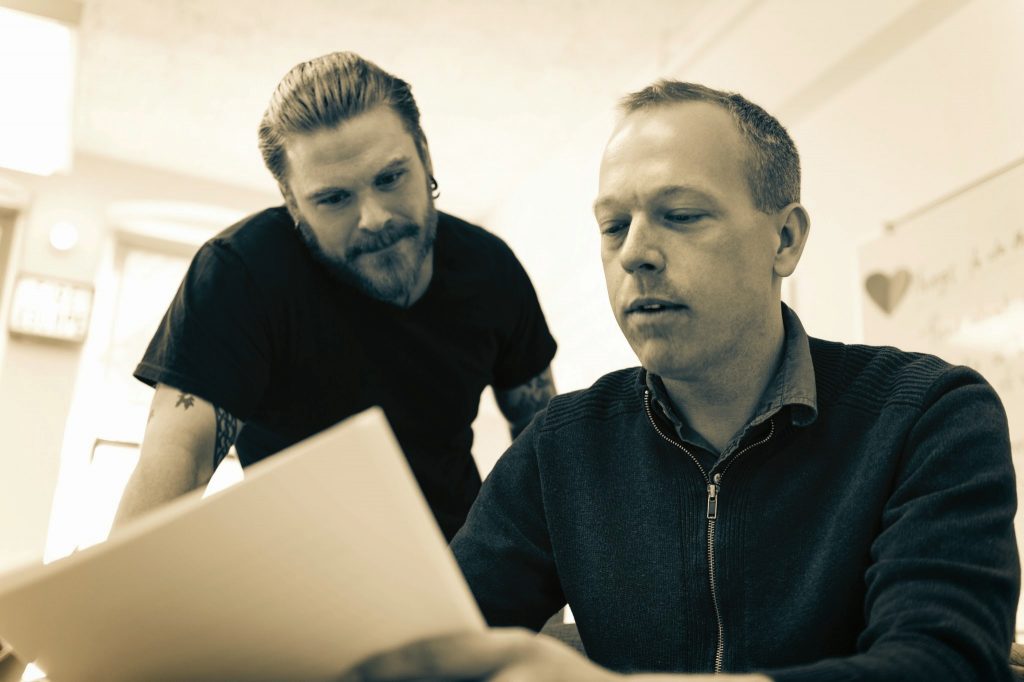
Storytelling that is imaginative, fantastical and even sometimes other-worldly is alive and well in Roosevelt University’s Creative Writing Program. Begun in 1998 with six students, the master-level program has grown to 48 students today.
“The Creative Writing Program encouraged me to explore, through my writing, the many different aspects of adolescence and coming-of-age traits,” said Dee Hogan, 27, a native of Lawrence, Kan., who graduated in 2014. Hogan won the program’s thesis award in 2013 for her Young Adult novel, Ripple, which tells the story of a young girl making her way from a fantasy world into the real world. She is currently revising the thesis for possible future publication as a novel.
Two current students are also writing books. Zach Tarvin, a 27-year-old from Batavia, Ohio, is writing a novel set well in the future about a software engineer who builds a robot child after dealing with the loss of his mother from brain trauma. And, Ryan Johnson, 30, a Milwaukee native, is in the midst of writing an end-times trilogy about a superhero’s encounters with superhuman creatures rooted in Norse mythology.
While professors teaching creative writing today at Roosevelt University enthusiastically embrace poetry, creative nonfiction and all kinds of fiction writing, including the Young Adult genre, their aim is not that much different from what Roosevelt English professors from pre-Creative Writing Program days focused on: that is, to instill students with a passion for literature that can inform their writing.
“This is not a niche program that trains students to write in a specific genre,” said Christian TeBordo, director of the Creative Writing Program at Roosevelt. “What we try to do is expose our students to literature from across a wide spectrum that we believe can best provide opportunities for them to evolve in their writing and craft.”
That means, on the one hand, a quintessential novel like The Great Gatsby by F. Scott Fitzgerald might be assigned in a fiction-writing class alongside an experimental anti-novel like David Markson’s Vanishing Point, which has been roundly debated for its merits, according to Kyle Beachy, one of the Creative Writing Program’s assistant professors.
“We try to stretch our students’ understanding of what literature is,” added Beachy, who has taught a popular course called Arealism, where all kinds of literature departing in some way from reality make up the reading list. “It was probably one of my favorite courses because it showed me examples of imagination in writing that are quite out of the ordinary,” said Johnson, whose current project has been inspired in part by his reading.
Hogan, who also was inspired by reading she did in the course, said the Creative Writing Program at Roosevelt pushed her to develop fairy-tale characters, diction, syntax and a control over what she was writing. “I think it’s remarkable how far my work has come and I credit Roosevelt for introducing me to a lot of different kinds of writing and ways of thinking that have helped me to develop as a writer.”
